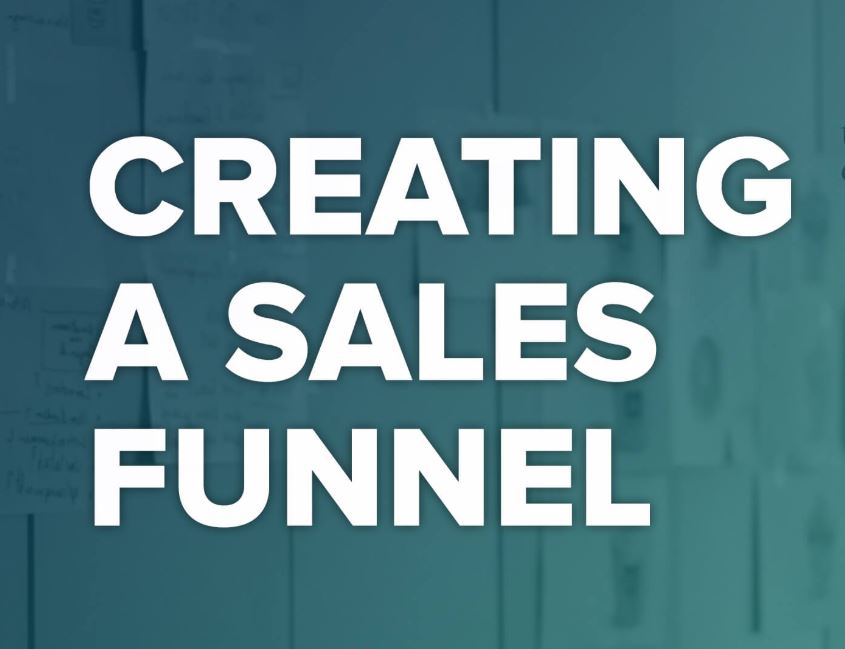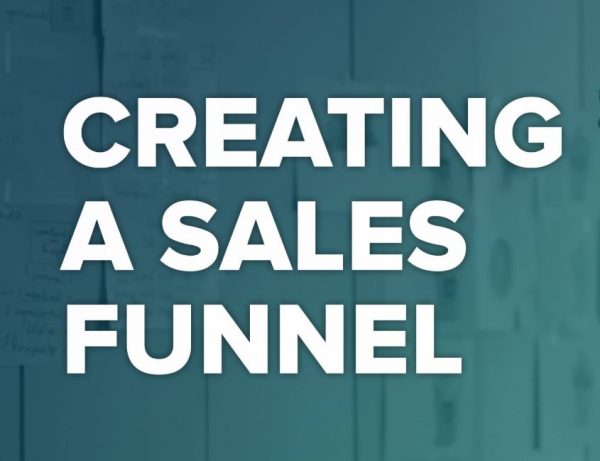A lot of the time, we think of the sales process as a three-stage thing: we present product to customer, customer likes product, customer buys product. But if you’ve really been in the business of getting people to purchase your stuff, you’ll know that the three-step sketch above doesn’t mirror reality. It doesn’t even come close.
The sales funnel offers a more realistic description of what the ideal sales process looks like- a multi-stage journey, which requires the salesperson to keep the potential customer interested all the way to the point of purchasing the product. It’s an ideal picture because it’s actually a strategy that helps make selling more straightforward. Without it- or any clear strategy for that matter -selling could be a short trip with a sour end, or a complicated, resource-draining cul-de-sac.
But what is a sales funnel anyway?
A sales funnel is a description of the stages that your customers go through on the way to buying your product. Think of it as a funnel, with a wide top and narrow end. The mass of curious inquirers and potential leads are at the top, and your buying customers are at the narrow bottom. The funnel draws in the people you need from the large mass at the head and sends them down to the point of becoming buying customers.
In summary, what we’re really concerned about here, is how you’ll engineer your client’s journey from not knowing about your brand, to being a loyal buyer.
As you can imagine, there’s no one-size-fits-all sales funnel structure. For example, your customers may typically start off with seeing pictures of your products on Instagram; they might get interested there and then, contact you, and place an order in one go. This makes for a pretty short sales funnel. But you could also be targeting a market in which you’d have to pitch your products multiple times on the way to committing people to buy.
However, we can say that your sales funnel will almost certainly have you orchestrating things in stages, in this order:
- Capture the attention of the target audience.
- Ignite and sustain their interest.
- Get them to make the decision to buy.
- Deliver the sale (i.e. they make the purchase).

How to Create the Best Sales Funnel for Your Business
These are the steps you should take.
-
Know who you want in the funnel
Unless you’re selling a product that everyone uses, you’ll want to know what your ideal customer would look like. This will help you in the process of designing strategies to reach them. If you’re selling men’s wear, you’ll be targeting males in their late teens and older. That’s a vast market, but it’s also one with specific expectations.
You may have to get out into the streets to see what people want, so you’ll be able to design your products- and marketing -accordingly. You don’t need to literally jump into the streets on a hot day to pick people’s brains on these things. Social media surveys and online survey tools can help you collect the opinions you want.
If you’re looking for good tips about reaching out to specific markets, you’ll find them in our article about target marketing. We also talk about defining various types of customers based on their motivations in our article about customer psychographics.
When you’ve identified the type of customers you’ll be selling to, you’ll be ready to get into trying to lead them down the funnel.
-
Decide how you’ll get them into the funnel
How do you attract your target market’s attention?
There’s a whole range of ways to go about this. You can tell people about your business while you’re talking with them at a networking session; you might give them a snappy introduction- an ‘elevator pitch‘ -if you’ve just crossed their path by chance. Also, you could write blog posts, take brilliant pictures, or make interesting videos about something your ideal customers will be interested in, and share them on social media, for the world to see.
Look for whatever it is that will capture your ideal customer’s attention, and try to put it in front of them. If you give this your best shot, you may accomplish more than just grabbing their gaze for a short while. You could actually ignite their interest in your products or services.
-
Come up with ways to sustain their interest
This is sort of a cliché now, but it has to be said: attention spans are growing shorter. This means that you’ll have to do more than spark people’s interest in your services. You’ll have to make them stay on the trail leading up to the point of purchase.
Let’s say you’ve impressed a possible lead at a networking event with your description of your business. You gave her your business’s web address (or social media page), and she decides to check it out. Does your website keep her glued and wanting more, or does it prove too slow and tedious for her busy mind and eyeballs?
Here’s the point we’re trying to make: your website needs to be user-friendly and pleasing on the eyes. It should have all the basic information your prospective client would want to know.
Someone might hear about your business from a secondary source and could want to find out more online. He goes to his smartphone’s internet browser, searches for your business, and gets a list of search results. If he clicks on the link to your business’s website, does a click on it send you to a cluttered homepage or a simple landing page?
You’ll want your buyer traffic heading to the landing page because it’s typically designed to get people to take action- for example, purchase a product. If it’s well laid out and has the right sort of content, it’ll get more visitors to click on its call to action button. Of course, your landing page has to provide visitors with a smooth user experience as well.
-
Present them with a first offer
Here, we’re assuming your would-be customer has gone through the sales funnel and has arrived at the stage in which they’re convinced that they would like to try out your product.
You’ll go on to present them with a first offer. This might be a free teaser, or it could be your ‘regular’ product or a low priced version. It all depends on what the most effective strategy is for easing your prospective client into buying regularly.
When deciding what approach you should take here, be mindful of what the norm is in your business, the nature of the product, and your customer’s budget. You could buy free versions of certain software, and upgrade to the paid versions if you’re convinced its what you want. But boutiques seldom offer ‘free trials’ for the clothes they sell. You buy their clothes if you’re already certain that they are good on you.
-
Keep them journeying further
If your first offer isn’t what you’d ultimately want to sell your customer, you can go on to present them with the big one. But you should only do this if you’re reasonably certain they might be interested in it or can afford it. Upselling involves suggesting an upgrade or enhancement to the product they’ve bought or want to buy.
But it could also be that your customer doesn’t have a budget for the initial type of product. In this case, you can offer them a lower priced form of the item instead. Just let them know that you have their needs covered, regardless of the size of their budget.


